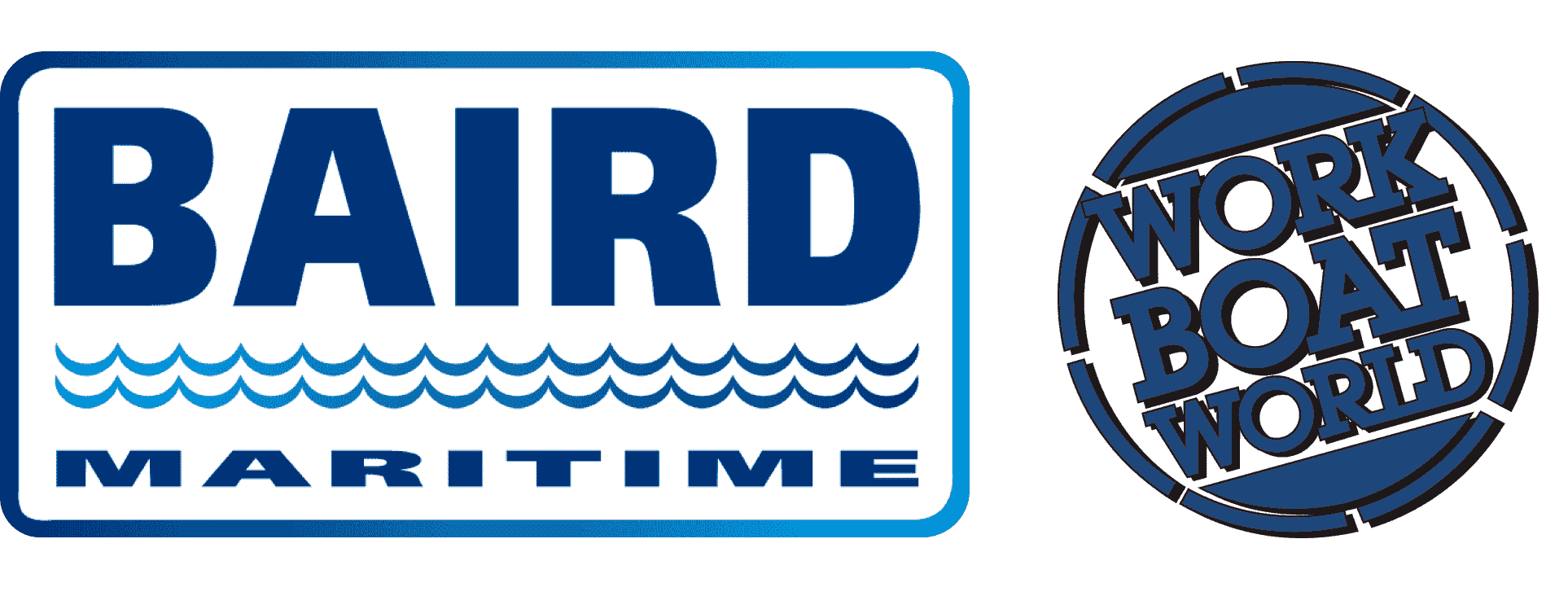FEATURE | New Zealand’s P-8 purchase: straddling the gap
New Zealand has opted to buy Boeing's P-8A aircraft, in order to meet its future requirements for maritime aerial intelligence, surveillance, reconnaissance, and response. The P-8A, already operated by the Royal Australian Air Force (RAAF), will replace New Zealand's ageing P-3C fleet and enter service from 2023.
The NZ$2.3 billion commitment delivers an obvious boost for New Zealand's military capability and interoperability with the US and Australia. Yet significantly more than narrow military considerations was riding on this acquisition, especially with the commitment of Prime Minister Jacinda Ardern's government to defence spending and Five Eyes membership somewhat in doubt.
One way to view the P-8 decision is as a hefty downpayment on New Zealand's continued membership of the Five Eyes intelligence-sharing framework, along with Australia, Canada, the UK, and US, and prospective partnership with other stakeholders in the international rules-based order.
The Ardern government has affirmed New Zealand's stake in that order, in a Strategic Defence Policy Statement released last week. New Zealand's diminutive defence force also keeps up an impressive, albeit thin, spread of overseas exercises and operational deployments, including in the Middle East, Southeast and Northeast Asia.
Maritime domain awareness
But as Canberra has enhanced the Australian Defence Force, to keep apace of the US and its larger allies in the Pacific, the gap between Wellington's rhetorical and symbolic commitments and the country's limited defence capacity and unmodernised capability has grown starker. Recent defence white papers have glossed over the deteriorating regional security environment, downplaying strategic competition in favour of climate change and non-traditional threats.
The new defence policy statement doesn't wholly reverse that trend. But it does confront the reality that, "increasing demands for Defence operations in New Zealand and our neighbourhood will present a capacity challenge, while maintaining interoperability with security partners presents a capability sophistication challenge."
Maritime domain awareness and response in New Zealand's neighbourhood and further afield are identified as foremost among defence capability challenges.
While the commitment to acquire four P-8As represents a drop in capacity from the six Orions currently operated by the Royal New Zealand Air Force (RNZAF), it goes further towards meeting the sophistication challenge. The P-8A has four times the acoustic processing power of the Orions, and can prosecute low-altitude anti-submarine operations beyond a 2,000-kilometre radius.
Eventually, these four P-8A airframes will represent the entirety of New Zealand's air combat capability. Had the Ardern Cabinet opted for a no-frills patrol aircraft for maritime surveillance and search and rescue, it would have left New Zealand without a meaningful combat capability to deploy in coalition, beyond special forces. Even the New Zealand Navy's recently modernised ANZAC frigates have fallen far behind their Australian counterparts. It is doubtful they will be replaced by frigates the size of Australia's new Hunter Class, displacing 8,800 tonnes.
"New Zealand's P-8s will help convince partners of its continuing value within the Five Eyes"
The P-8 purchase singularly ensures that New Zealand will maintain high-end interoperability and war-fighting capability, with an asset that can "plug in" alongside Australian, US, and other coalition operators. According to last week's defence policy statement, "Interoperability is key to New Zealand's strong international reputation as a valued and credible defence partner and ally."
The rub is that possessing a meaningful, deployable capability allows New Zealand to retain some influence among its allies and partners, rather than free riding on its presumed geographical isolation. Shared values matter, but intelligence sharing is highly transactional. New Zealand's P-8s will help convince partners of its continuing value within the Five Eyes.
If the strategic benefits of maintaining war-fighting capability are not obvious to New Zealanders now, they should become clearer in the future maritime environment. The cushioning effect of being the most strategically remote among the Five Eyes partners could change for New Zealand if the South Pacific hots up as an area of geopolitical competition, transforming its maritime hinterland from "rear area" into something closer to "front line". Capability decisions made now will have to hold water in 2035–40. Who is to say that Chinese or Russian submarines won't be operating regularly in the South Pacific by then?
Interoperability should not be reduced to simply buying the same platform, but it helps. The P-8 Poseidon has established itself as the standard maritime surveillance and anti-submarine aircraft for the US and its major allies and partners, including India – noteworthy from a Kiwi vantage point as a non-ally of the US.
Canberra made no secret of its preference for the P-8. Defence Minister Marise Payne personally showcased an RAAF P-8A to her Kiwi counterpart, Ron Mark, when she flew to Wellington in March. Australia has committed to buying a total of 15 aircraft; 12 have been approved for purchase.
Australia will benefit from New Zealand's P-8A augmentation, ensuring that their shared approaches will be patrolled to the same standard. Australian and New Zealand aircraft will be able to communicate with each other, and share data from linked platforms, including Australia's long-range unmanned Triton aircraft once it enters service. For future exercises with Southeast Asian partners in the Five Power Defence Arrangements, or with the Americans, RNZAF P-8As will provide a like-for-like capability. In fact, New Zealand benefits most from interoperability, as their Poseidons can be refuelled by the RAAF's KC-30A aerial tankers.
As painful as the price tag appears, it only represents around 10 per cent of the NZDF capital investment plan, and likely includes training and some sustainment costs. As noted by Robert Ayson, payments are staggered through to 2026.
New Zealand allocates proportionately the least to defence, in real terms, among the Five Eyes intelligence partners. Viewed as a premium on continued alliance with Australia, and close partnership with the US, the P-8A is a prudent and affordable investment.


